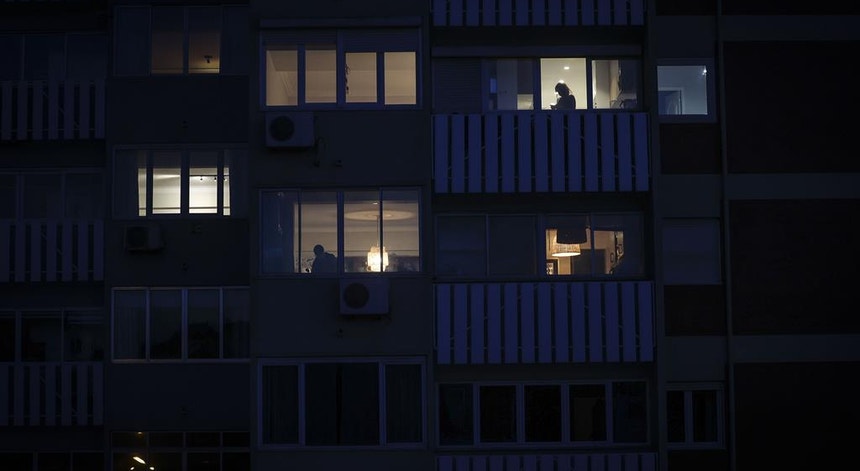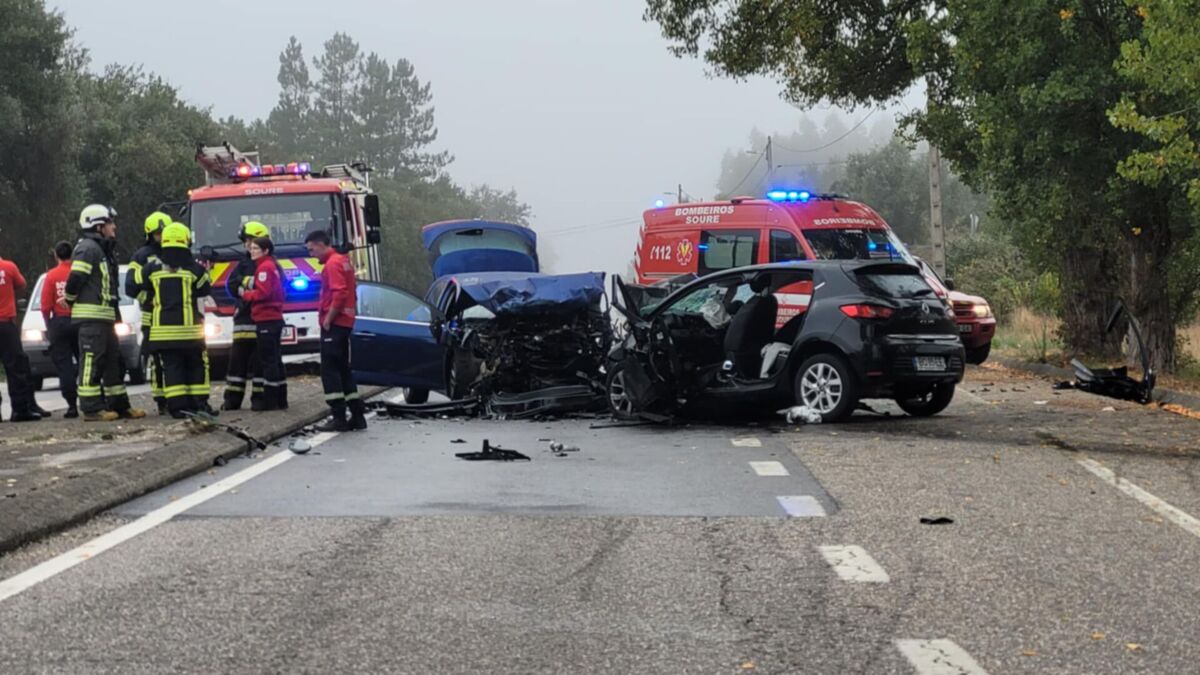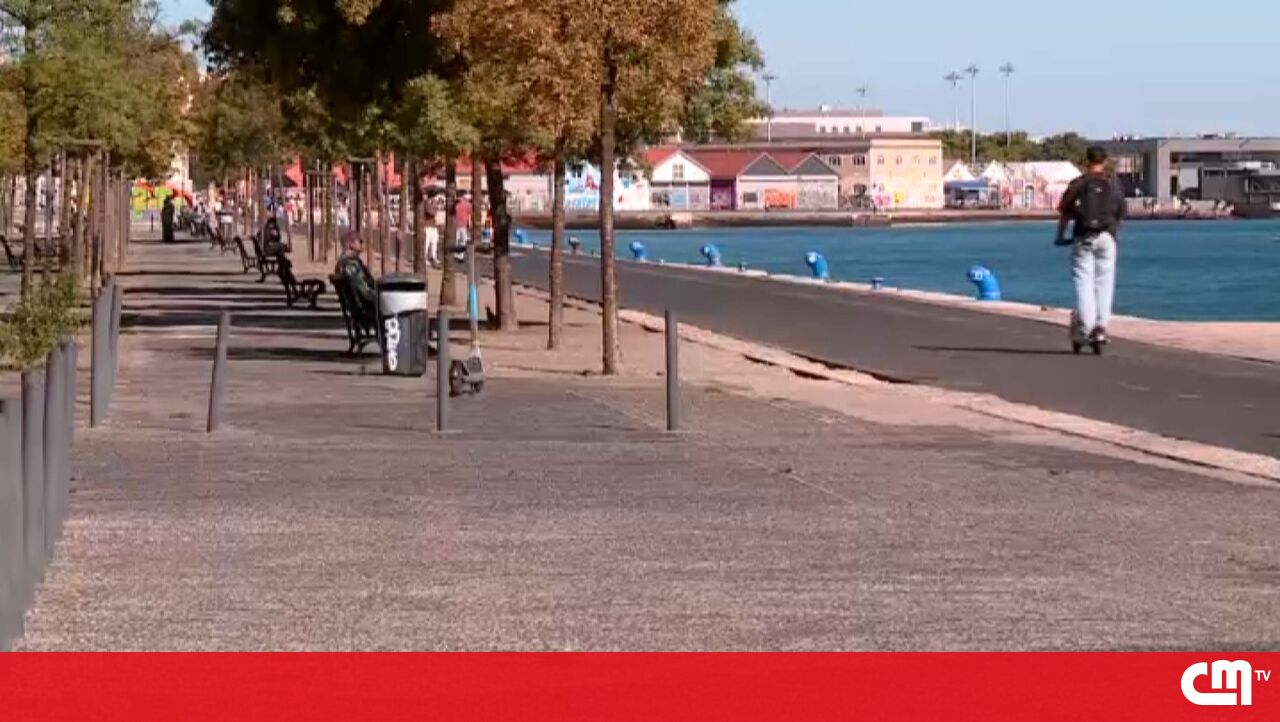Unprecedented Energy Collapse in Europe
Five months after the incident that left Spain and Portugal in total darkness, the preliminary report from ENTSO-E sheds light on the sequence of failures that led to the largest energy interruption in Europe in the last two decades. It confirms a cascading voltage increase originating in southern Spain.
Early Warnings and Initial Failures
Despite being an unprecedented and hard-to-control event, some data from producers is still missing. The incident on April 28, classified as level 3—the most severe under European regulations—is under analysis by a panel of experts from the European Network of Transmission System Operators for Electricity (ENTSO-E).
The first factual report has been released nearly a month ahead of the initial deadline. This document combines data from network operators—REN in Portugal, RedEléctrica in Spain, and RTE in France—as well as various producers, traders, and other entities.
It confirms the previously suggested cause: a cascading voltage increase starting in southern Spain, but reveals for the first time that there were signals hours before the lights went out.

Renewable Energy Surge and Price Drop
In a meeting with journalists, ENTSO-E explained that the days prior did not differ from typical spring production, but on the morning of April 28, there was an increase in renewable generation that led to a drop in prices for the next day's market. This means the price at which producers sell energy to traders even turned negative. While no direct correlation is established, this dynamic likely caused voltage variations in Spain, felt in the grid about an hour before the blackout.
Sequence of Events Leading to Collapse
In detail, ENTSO-E notes there were several oscillation periods, all in Spain: first between 11:03 and 11:08, then between 11:19 and 11:22. Oscillations are not unusual, and at that time, the entity indicates that network operators took "various mitigation measures" as per European protocols.
According to ENTSO-E's analysis, the failure sequence began at 12:32 Brussels time when multiple solar and wind farms in southern Spain suddenly disconnected from the grid, followed by additional losses in regions like Granada, Badajoz, Seville, and Cáceres. In less than a minute, over 2.5 gigawatts of production capacity were removed. This reduction decreased available reactive compensation, causing voltage to escalate and triggering a cascading effect across the Iberian Peninsula.
At 12:33, the Iberian system began losing synchronization with the continental grid, with frequency and voltage oscillations that could not be stabilized by automatic defense plans in Portugal and Spain. Shortly after, interconnections with France and Morocco were also disconnected, finalizing the electrical separation of the Peninsula and the total collapse of the Portuguese and Spanish systems.
There was a reduction in energy exports from Spain to France and adjustments in internal and cross-border interconnections to accommodate these oscillations.
EU Response and Future Measures
The European Commissioner for Energy argued that the European Union must "act decisively" to prevent "unprecedented incidents" like the Iberian blackout. "The first assessment by the expert panel on the blackout in Spain and Portugal, published today by ENTSO-E, sends a clear message: this was an unprecedented event. An unprecedented incident that highlights that the European energy system faces new challenges," responded Dan Jørgensen.
He added, "We must learn together from this experience and act decisively to avoid similar incidents", assuring that "the European Commission is already working on a revision of the EU's energy security framework to ensure systems are prepared for the future".
"Our lifestyle and economic prosperity depend on an energy system that is not only cleaner and more efficient but also safe, reliable, and resilient," he concluded.
The final report on the April 28 electrical blackout in Portugal and Spain will be published in the first quarter of 2026, several months earlier than the initially scheduled date of October 28 of the same year.





















Comments
Join Our Community
Sign up to share your thoughts, engage with others, and become part of our growing community.
No comments yet
Be the first to share your thoughts and start the conversation!